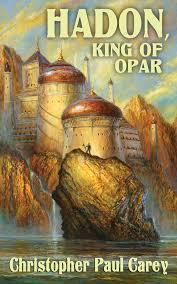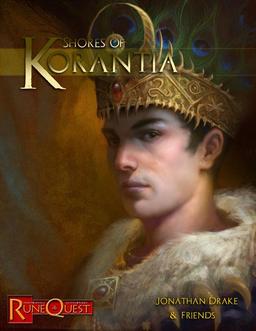August Short Story Roundup
 Though I spent much of August traveling, sipping drinks in distant lands (South Carolina), and taking a break from swords & sorcery, I still found time for my monthly dose of short fiction. Over the years I’ve really come to feel that it’s my obligation to get the word out to the S&S reading population about what’s going on in the land of short stories (and the occasional novella).
Though I spent much of August traveling, sipping drinks in distant lands (South Carolina), and taking a break from swords & sorcery, I still found time for my monthly dose of short fiction. Over the years I’ve really come to feel that it’s my obligation to get the word out to the S&S reading population about what’s going on in the land of short stories (and the occasional novella).
Swords and Sorcery Magazine #43 presented a strong issue this past month. Its two tales are by authors unknown to me, but for whom I will keep an eye open in the future.
The first, “Stragglers in the Cold,” is by Connor Perry. Theor Stormcrow is a skinchanger, refugee from the last survivors of a lost cause, and is dying of starvation. Stormcrow and his kind do not actually change into different creatures, but instead send their minds into them. Now, near death and fearing it, he has decided to commit the gravest crime of his kind: to steal the body of another skinchanger.
In a mere 3,000 words, Perry creates a complex and violent universe. As in the better S&S short fiction, “Stragglers” alludes to events outside the narrow confines of its first and last paragraphs, giving context to its characters and building atmosphere. In this case the context is a lost war, and the atmosphere is one of desperation.









